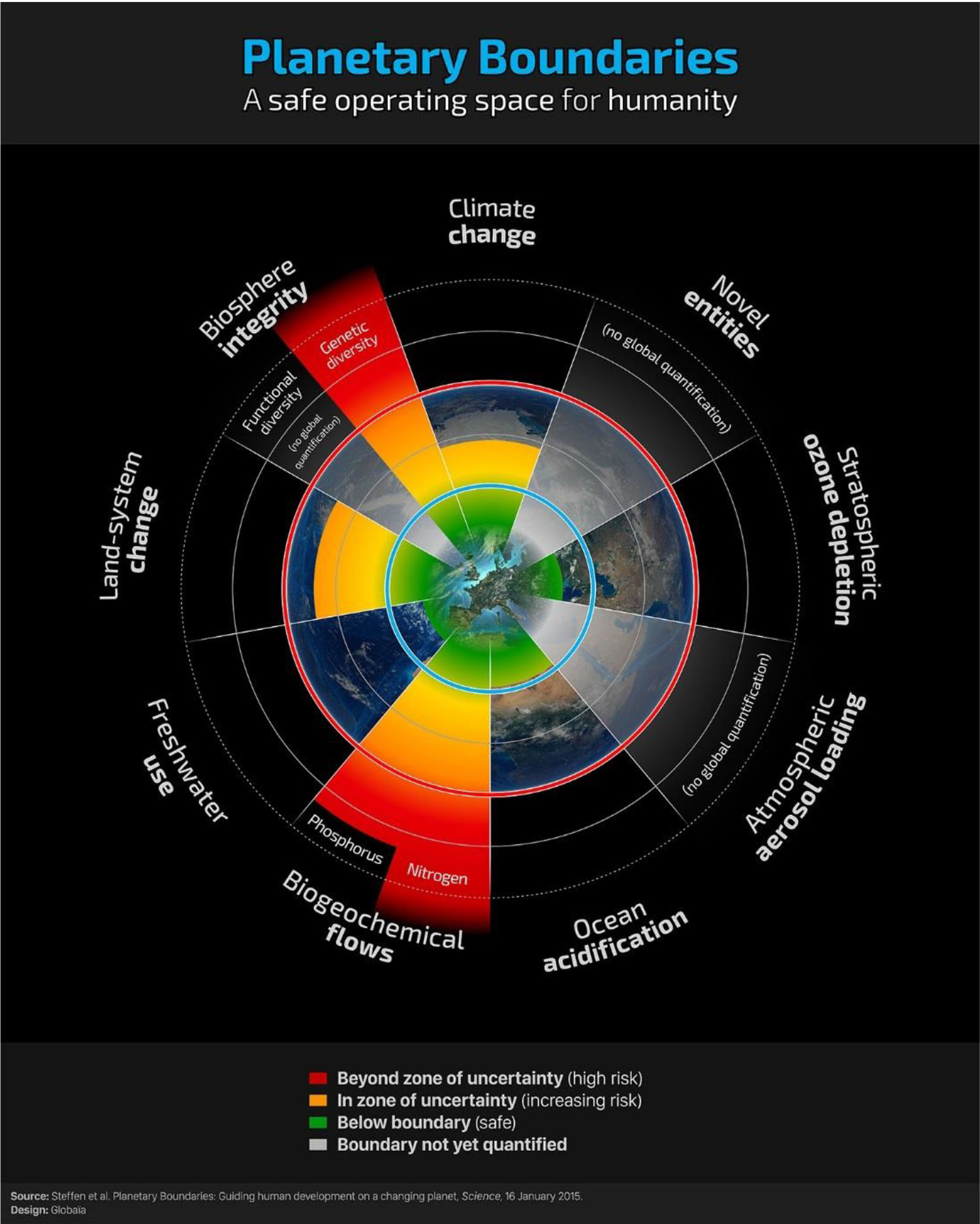Part 5a
Special Projects
1 to 33
64 Illustrated Reasons Why
Plus SRC and UN Goals and Internalities
This part of the book presents the 64 Special Projects and records on each when SRC or UN goals are assisted (directly or via internalities). Below, we see one example- Special Projects 6 which primarily addresses climate change by creating more forests and so more oxygen which cancels the CO2
First, we see the project number and title, then a graphic, and below I identify which goals from The 2019 UN Sustainable Development Goals are helped by the project, and which of the SRC Stockholm Resilience Centre – Planetary Boundaries are aided. So, for example.
Special Project 6. Sienna’s Forests

UN GOAL 15: Life on Land (+UN GOALS 11, 13)
SRC GOAL 7: Land System Change (+ SRC GOALS 2, 4, 6)
So, from above, we see that UN goal 15: Life on Land: “Sustainably manage forests, combat deforestation, halt and reverse land degradation, halt biodiversity loss,” is directly affected by the Sienna’sForests project.
And in addition, UN Goal 11: Sustainable Cities and Communities goal is aided by the law that half of all developments must see 50% of land turned into forest or nature reserve. This is again a direct action
And further that UN Goal 13. UN GOAL 13: Climate Action is aided as an internally of the two direct actions above. Or one could use the reverse logic, plant billions of trees to affect climate action, and see UN Goals 11 and 15 affected positively by this.
Lastly, we see that SRC GOAL’s2, 4, 6, and 7 and also affected by this special project.
- Stratospheric Ozone Depletion
The stratospheric ozone layer in the atmosphere filters out ultraviolet (UV) radiation from the sun. If this layer decreases, increasing amounts of UV radiation will reach ground level… - Loss of Biosphere Integrity (Biodiversity Loss and Extinctions)
The Millennium Ecosystem Assessment of 2005 concluded that changes to ecosystems due to human activities were more rapid in the past 50 years than at any time in human history, increasing the risks of abrupt and irreversible changes… - Chemical Pollution and the Release of Novel Entities
Emissions of toxic and long-lived substances such as synthetic organic pollutants, heavy metal compounds and radioactive materials represent some of the key human-driven changes to the planetary environment… - Climate Change
Recent evidence suggests that the Earth, now passing 390 ppmv CO2 in the atmosphere, has already transgressed the planetary boundary and is approaching several Earth system thresholds. We have reached a point at which the loss of summer polar sea-ice is almost certainly irreversible… - Ocean Acidification
Around a quarter of the CO2 that humanity emits into the atmosphere is ultimately dissolved in the oceans. Here it forms carbonic acid, altering ocean chemistry and decreasing the pH of the surface water… - Freshwater Consumption and the Global Hydrological Cycle
The freshwater cycle is strongly affected by climate change and its boundary is closely linked to the climate boundary, yet human pressure is now the dominant driving force determining the functioning and distribution of global freshwater systems… - Land System Change
Land is converted to human use all over the planet. Forests, grasslands, wetlands and other vegetation types have primarily been converted to agricultural land… - Nitrogen and Phosphorus Flows to the Biosphere and Oceans
The biogeochemical cycles of nitrogen and phosphorus have been radically changed by humans as a result of many industrial and agricultural processes… - Atmospheric Aerosol Loading
An atmospheric aerosol planetary boundary was proposed primarily because of the influence of aerosols on Earth’s climate system…
The UNITED NATIONS
Sustainable Development Goals 2019
www.un.org/sustainabledevelopment/sustainable-development-goals
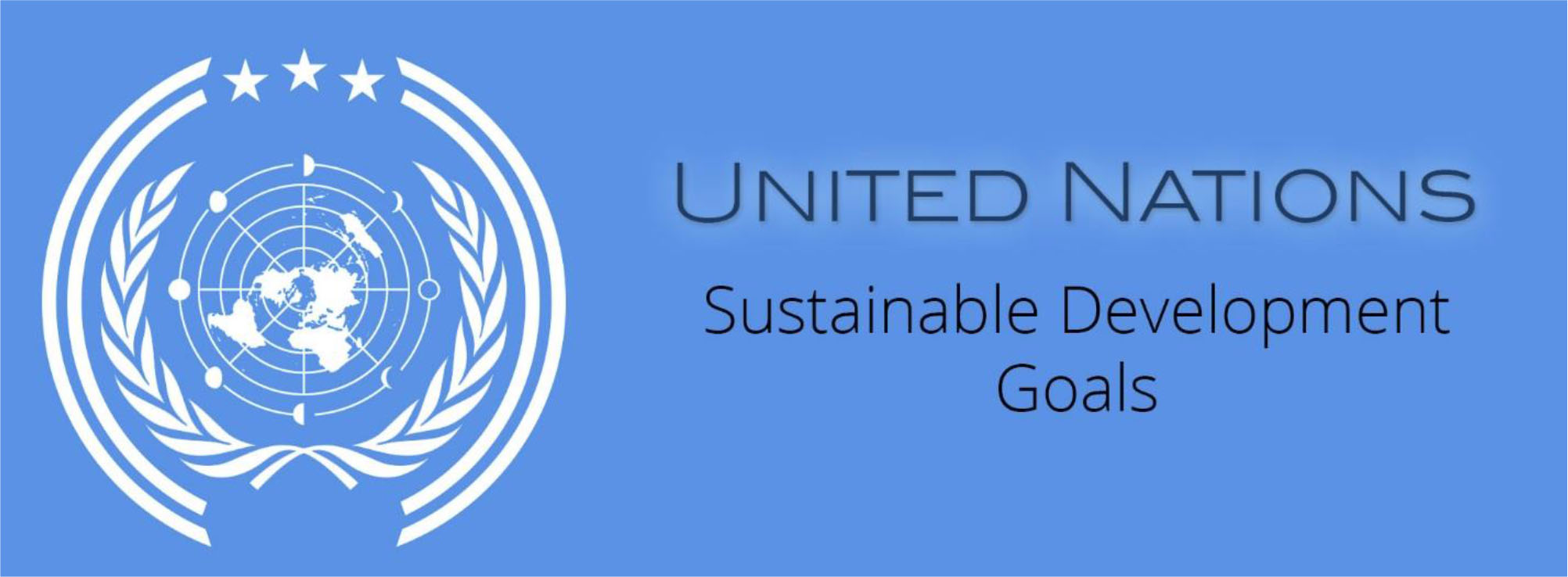
UN GOAL 1: No Poverty
Economic growth must be inclusive to provide sustainable jobs and promote equality.
UN GOAL 2: Zero Hunger
The food and agriculture sector offer key solutions for development and is central for hunger and poverty eradication.
UN GOAL 3: Good Health and Well-Being
Ensuring healthy lives and promoting the well-being for all at all ages is essential to sustainable development.
UN GOAL 4: Quality Education
Obtaining a quality education is the foundation to improving people’s lives and sustainable development.
UN GOAL 5: Gender Equality
Gender equality is not only a fundamental human right, but a necessary foundation for a peaceful, prosperous and sustainable world.
UN GOAL 6: Clean Water and Sanitation
Clean, accessible water for all is an essential part of the world we want to live in.
UN GOAL 7: Affordable and Clean Energy
Energy is central to nearly every major challenge and opportunity.
UN GOAL 8: Decent Work and Economic Growth
Sustainable economic growth will require societies to create the conditions that allow people to have quality jobs.
UN GOAL 9: Industry, Innovation, and Infrastructure
Investments in infrastructure are crucial to achieving sustainable development.
UN GOAL 10: Reduced Inequalities
To reduce inequalities, policies should be universal in principle, paying attention to the needs of disadvantaged and marginalized populations.
UN GOAL 11: Sustainable Cities and Communities
There needs to be a future in which cities provide opportunities for all, with access to basic services, energy, housing, transportation, and more.
UN GOAL 12: Responsible Consumption and Production
Responsible Production and Consumption. Recycle paper, plastic, glass and aluminium.
UN GOAL 13: Climate Action
Climate change is a global challenge that affects everyone, everywhere.
UN GOAL 14: Life Below Water
Careful management of this essential global resource is a key feature of a sustainable future.
Avoid plastic bags to keep the oceans safe and clean.
UN GOAL 15: Life on Land
Sustainably manage forests, combat desertification, halt and reverse land degradation, halt biodiversity loss.
Plant a tree and help protect the environment.
UN GOAL 16: Peace, Justice and Strong Institutions
Access to justice for all, and building effective, accountable institutions at all levels.
Use your right to elect the leaders in your country and the local community.
UN GOAL 17: Partnerships
Revitalize the global partnership for sustainable development.
Get the SDGs in Action app to learn about the Goals and ways to help achieve them.
1. Special Project 1. Experience Africa (Conservation)
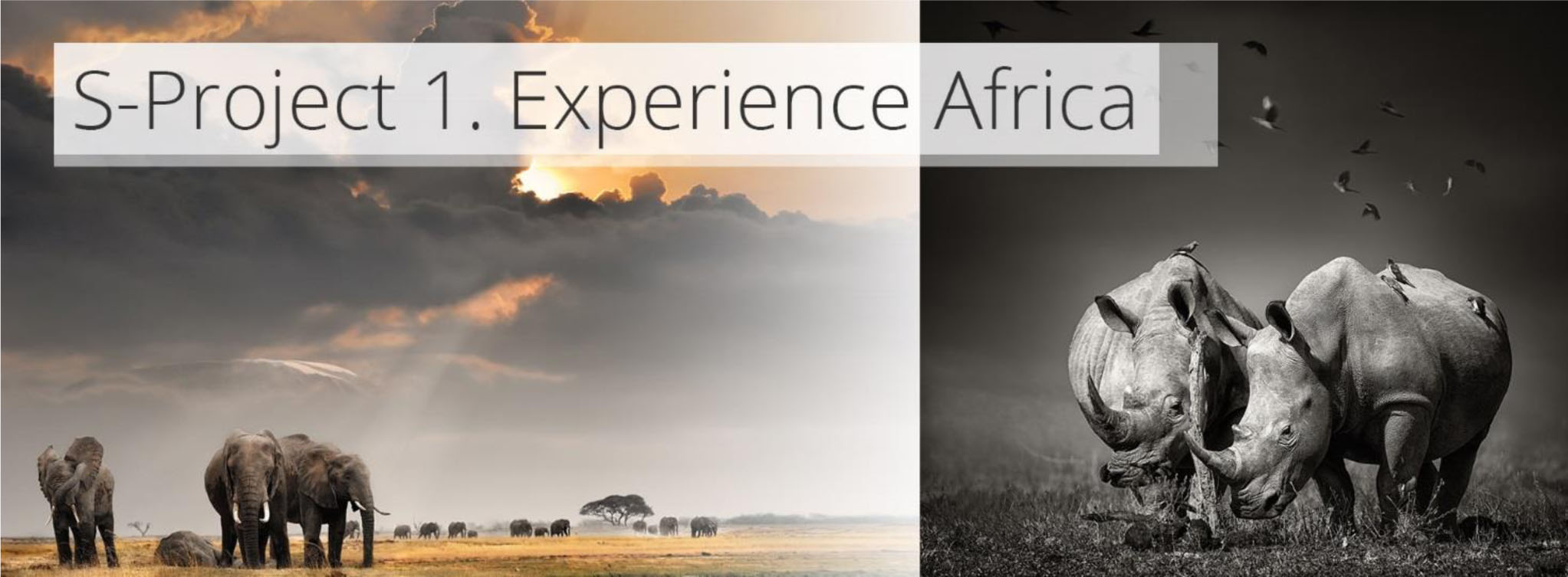
- UN GOAL – 15: Life on Land (Biodiversity Loss) – (+ SRC Goal 2)
- UN GOAL – 11: Sustainable Cities and Communities
2. Special Project 2. The Ecological Experience Economy (EEE)
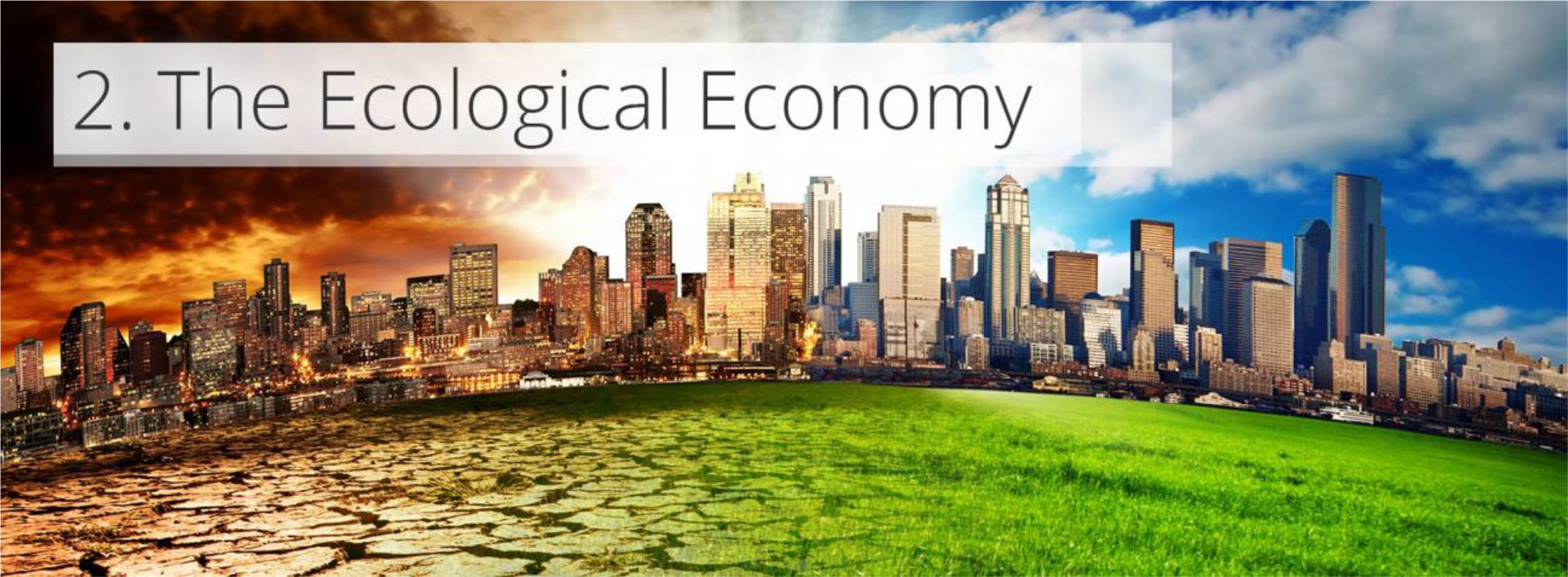
- SRC GOAL 3: Chemical Pollution and the Release of Novel Entities
- SRC GOAL 7: Land System Change
3. Special Project 3. Advancing Human Potential

- UN GOAL 4: Quality Education
- UN GOAL 9: Industry, Innovation, and Infrastructure
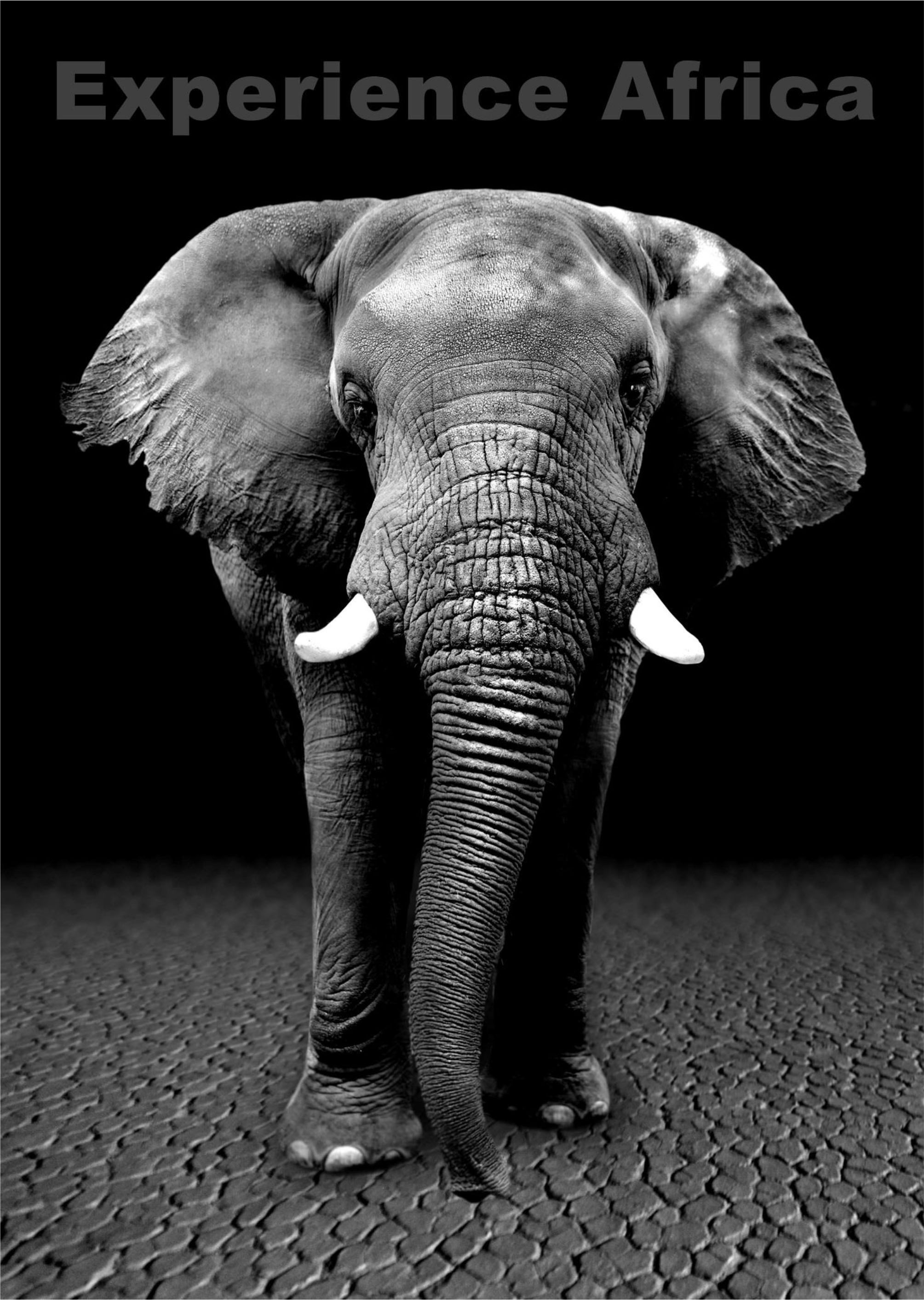
4. Special Project 3. Advancing Human Potential
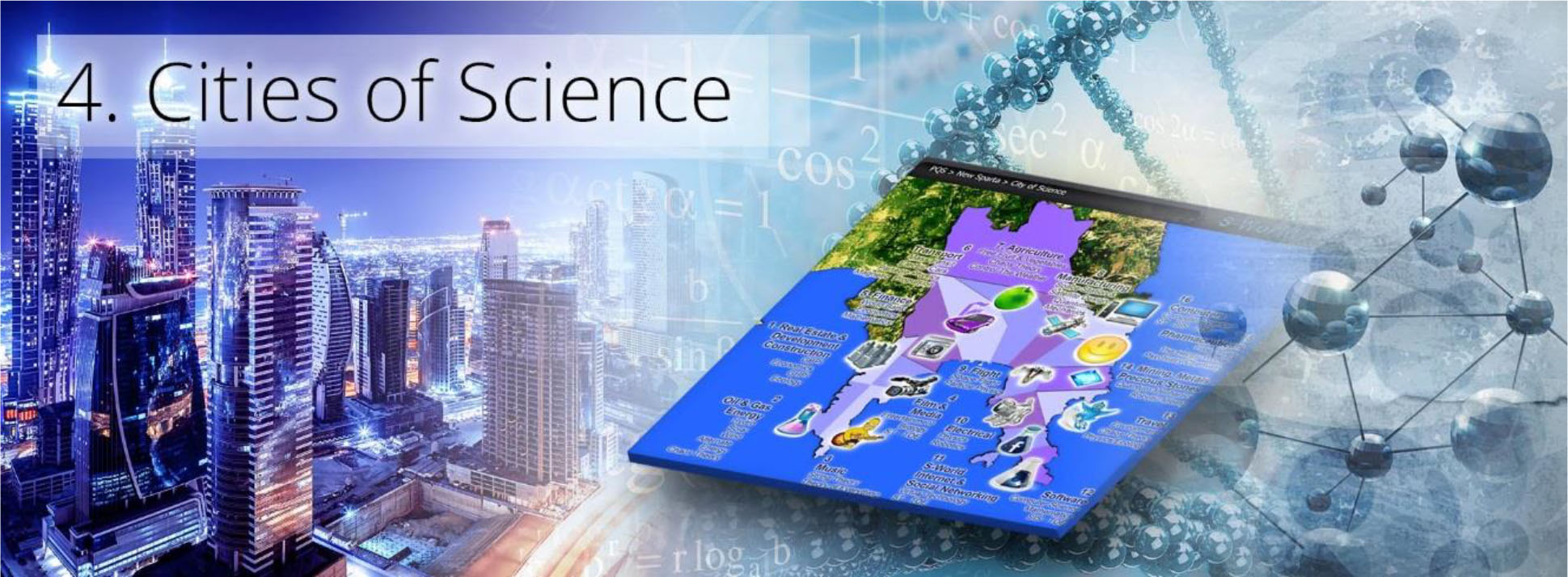
- UN GOAL 9: Industry, Innovation, and Infrastructure
- UN GOAL 11: Sustainable Cities and Communities
5. Special Project 5. POP – Equality & The Poverty Gap
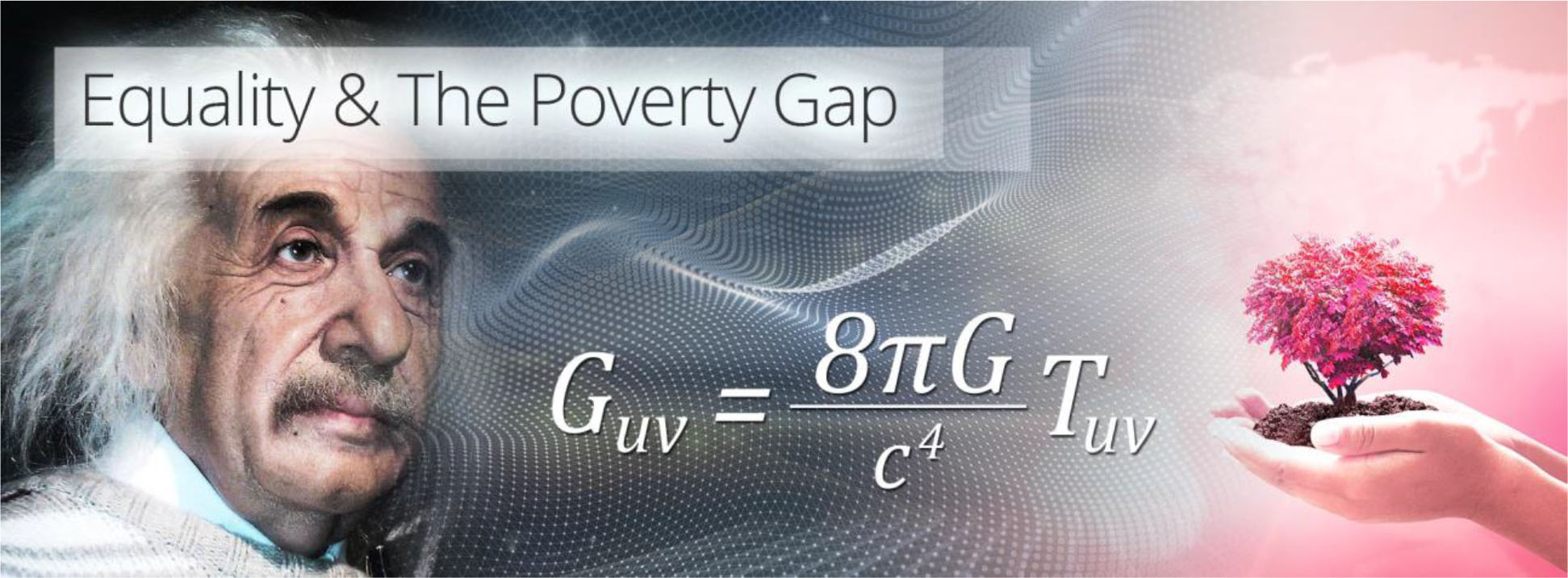
- UN GOAL 1: No Poverty
- UN GOAL 5: Gender Equality
6. Special Project 6. Sienna’s Forests

- UN GOAL 15: Life on Land (+UN GOALS 11, 13)
- SRC GOAL 7: Land System Change (+ SRC GOALS 2, 4, 6)
7. Special Project 7. Global Cooling

- UN GOAL 13: Climate Action
- SRC GOAL: Climate Change
8. Special Project 8. Universal Knowledge
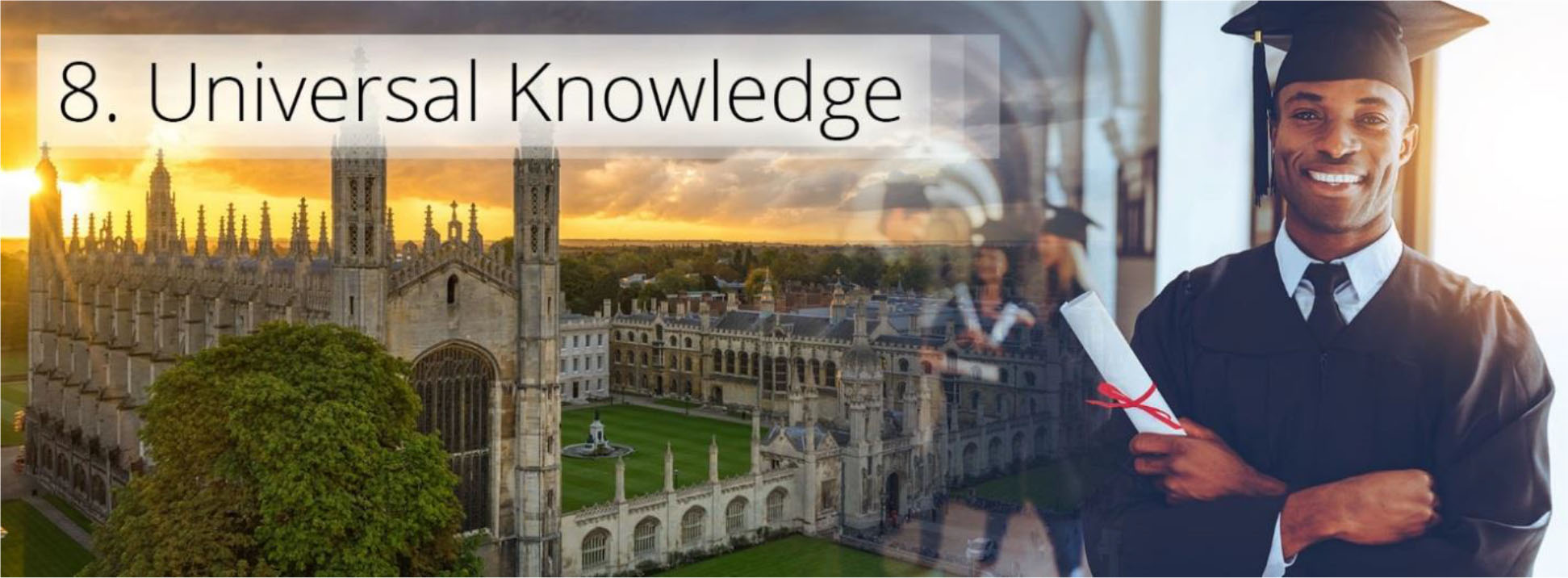
- UN GOAL 4: Quality Education
- UN GOAL 9: Industry, Innovation, and Infrastructure
9. Special Project 9. Spartan Contracts – Great Jobs, Jobs, Jobs + Skills

- UN GOAL 4: Quality Education
- UN GOAL 8: Decent Work and Economic Growth
- UN GOAL 9: Industry, Innovation, and Infrastructure (+ UN GOALS: 10, 11, 16, 17)
10. Special Project 10. Universal Healthcare
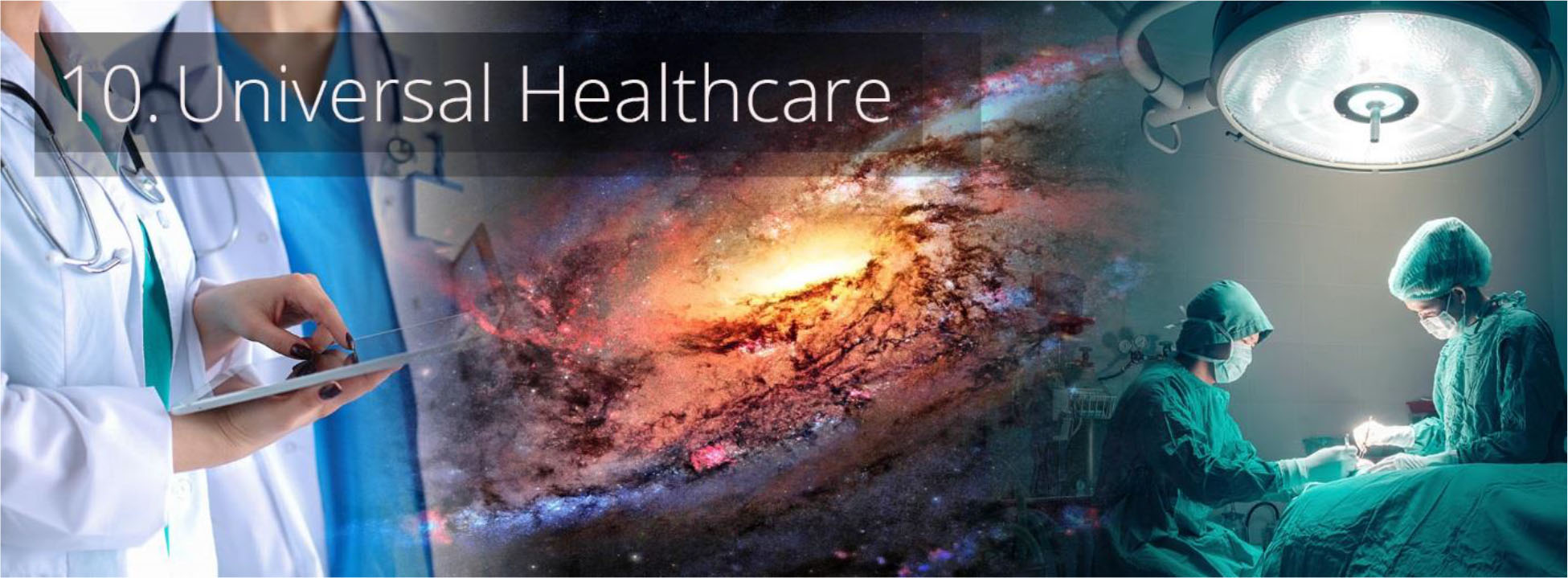
- UN GOAL 3: Good Health and Well-Being
11. Special Project 11. African Rain
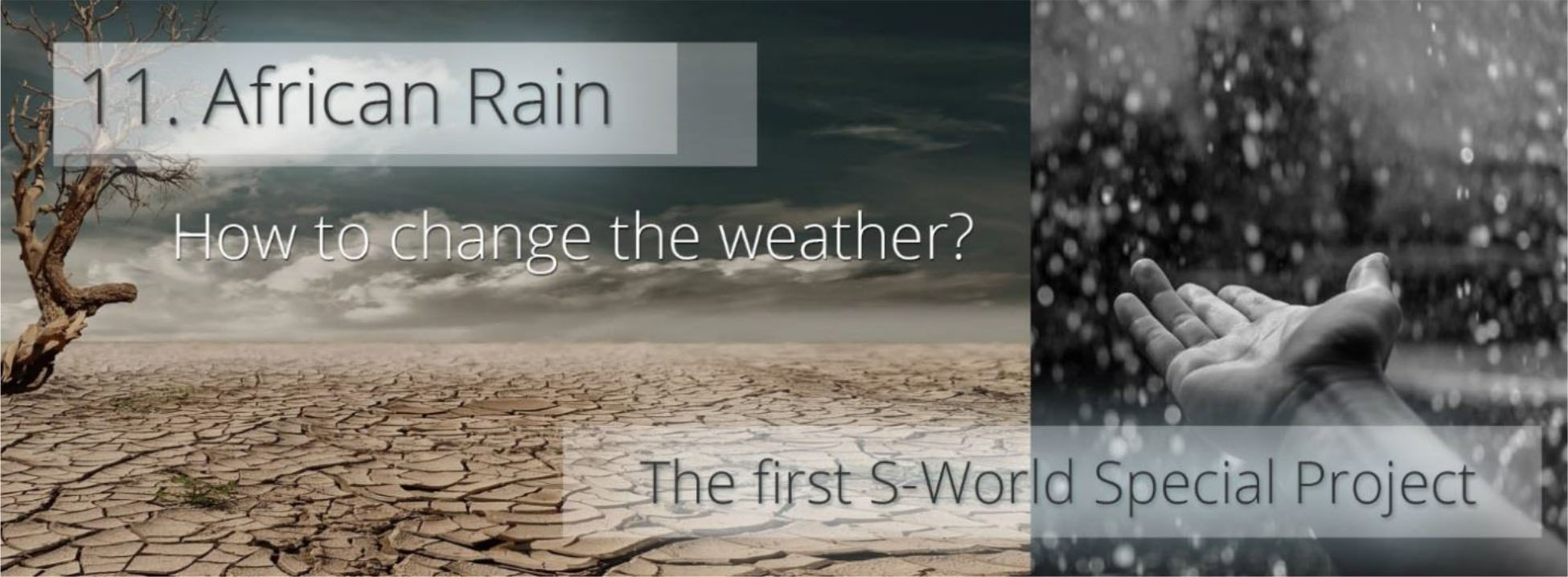
- SRC GOAL 6: Freshwater Consumption (+ SRC GOALS: 2, 4, 7)
- UN GOAL 6: Clean Water and Sanitation (+ UN GOALS: 3, 9, 13, 15, 17)
12. Special Project 12. Their Oceans
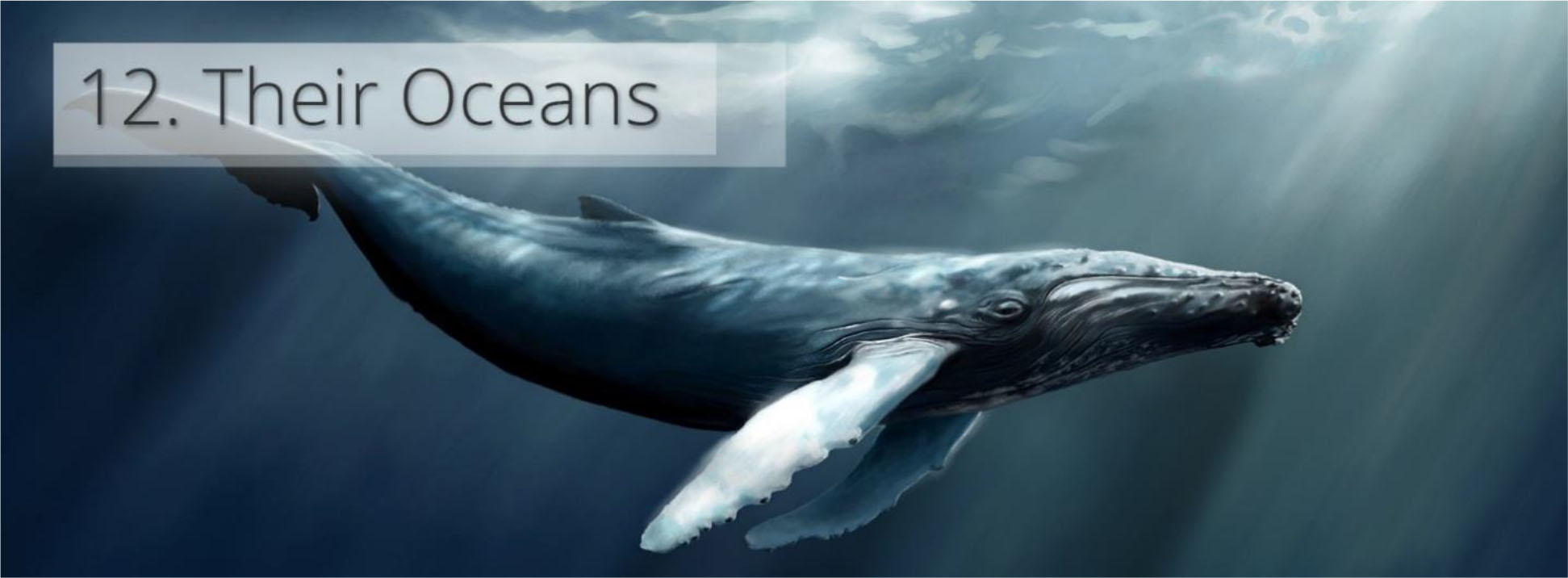
- SRC GOAL 5: Ocean Acidification (+ SRG GOALS 2, 5, 8)
- UN GOAL 14: Life Below Water (+ UN GOALS 6, 9, 12)
13. Bonus Special Project 13. Family Planning
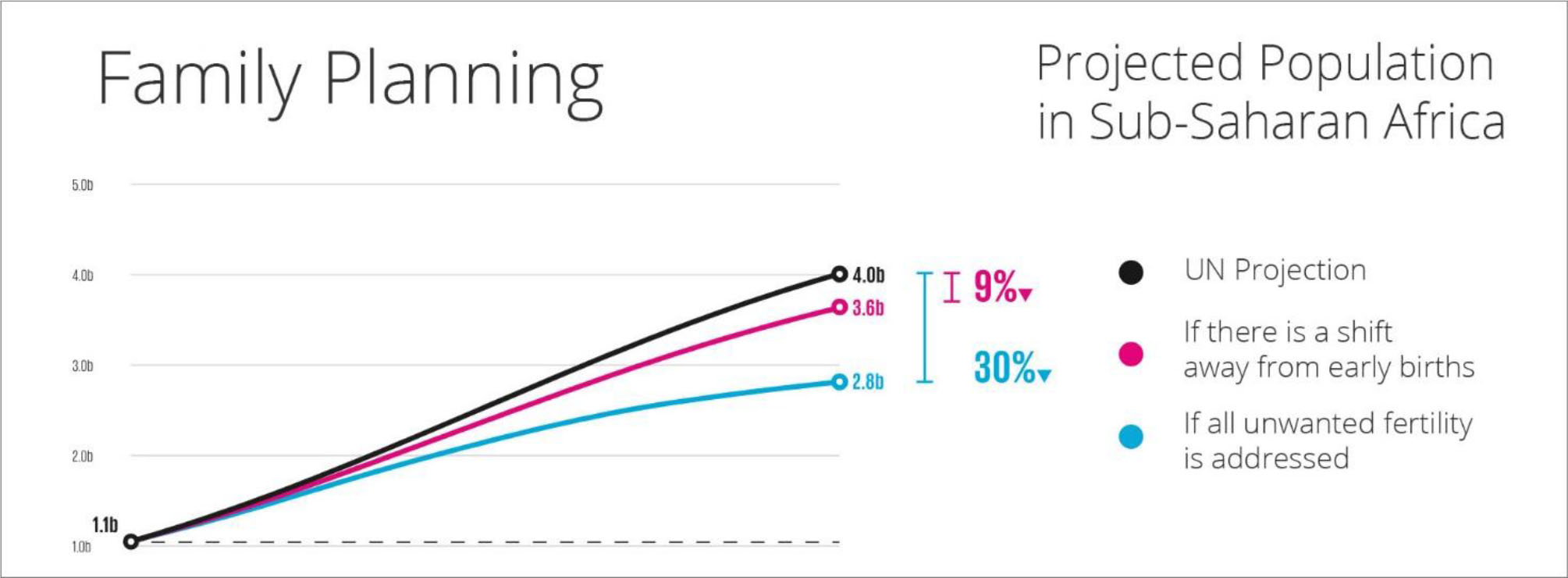
- UN GOAL 3: Good Health and Well-Being (+ 11: Communities)
- UN GOAL 5: Gender Equality (+ 16: Peace and Justice)
14. Special Project 14. The Population Point
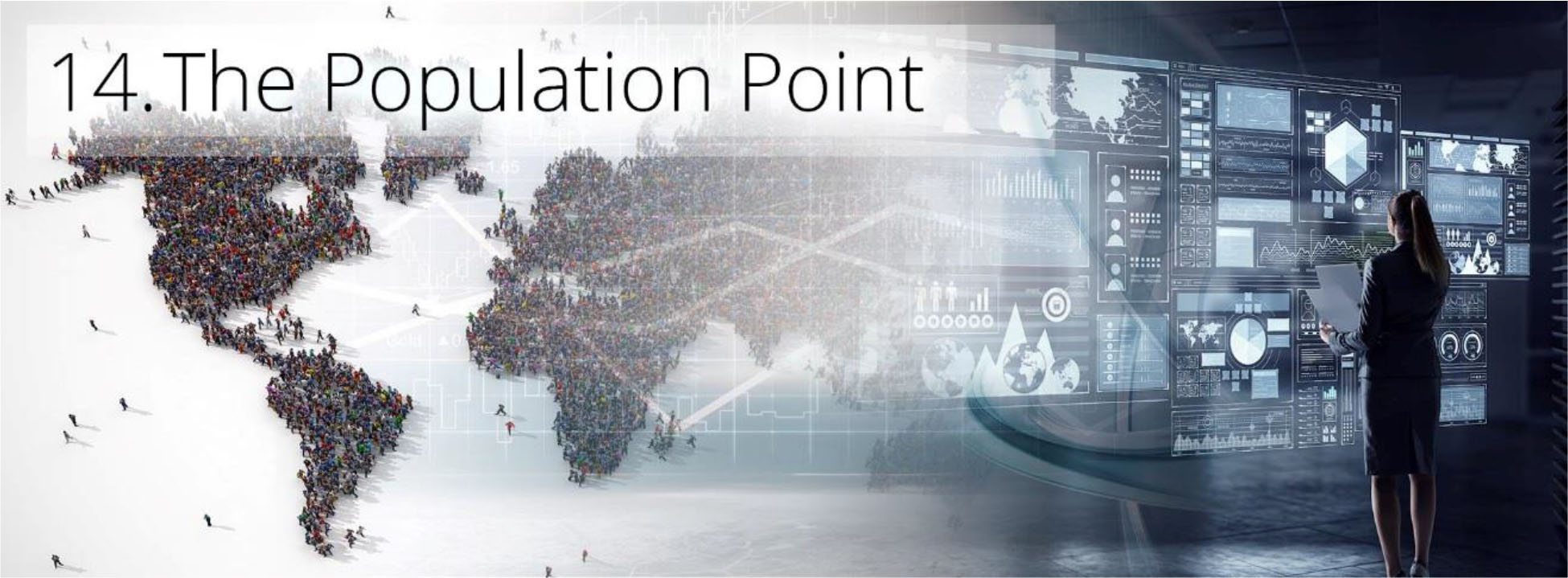
- UN GOAL 3: Good Health and Well-Being (+ 11: Communities)
- UN GOAL 5: Gender Equality (+ 16: Peace and Justice)
15. Special Project 15. The Spartan Theory – Peace on Earth

- UN GOAL 16: Peace, Justice and Strong Institutions
- UN GOAL 17: Partnerships
16. Special Project 16. S-World UCS™ Universal Colonization Simulator + Voyager

- UNIQUE S-WORLD GOAL: Complexity Saving – In case of an ELE
- UN GOAL 9: Innovation (+ 8: Economic Growth, 17: Partnerships)
17. Special Project 17. S-World UCS MARS Resort 1
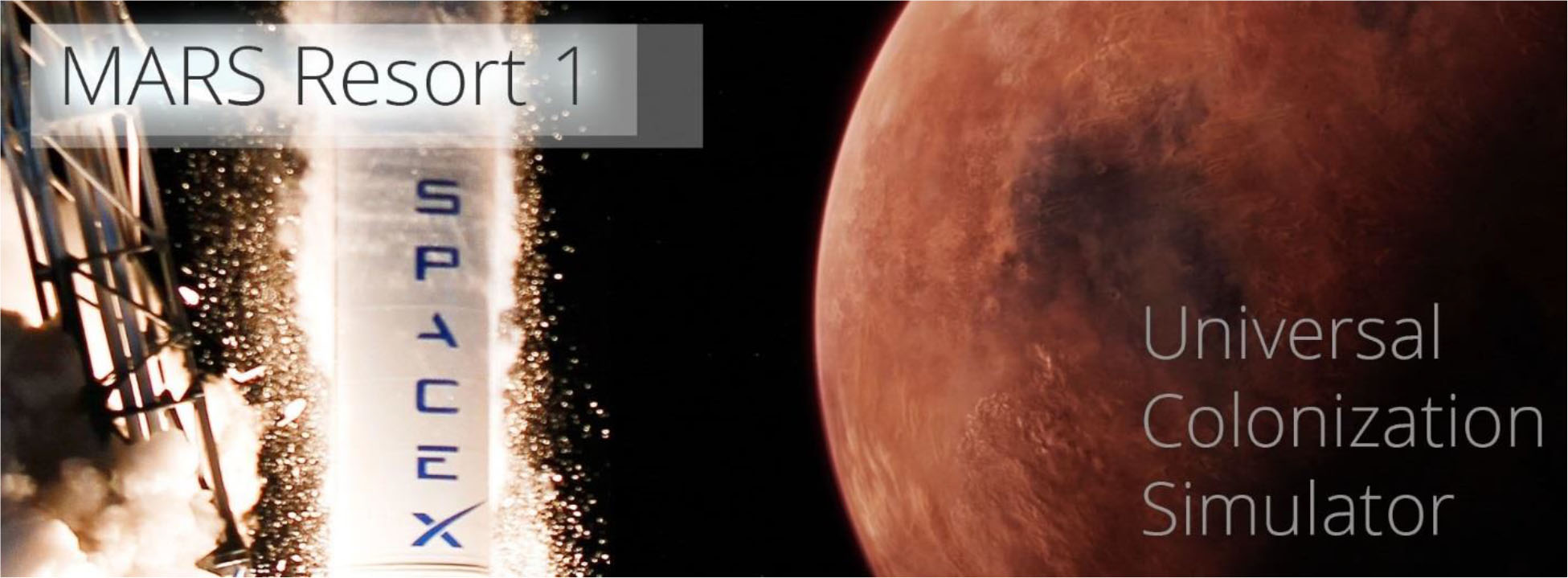
- UN GOAL 9: Industry, Innovation, and Infrastructure
- UNIQUE S-WORLD GOAL: Complexity Saving – In case of an ELE
18. Special Project 18. Tax Symmetry
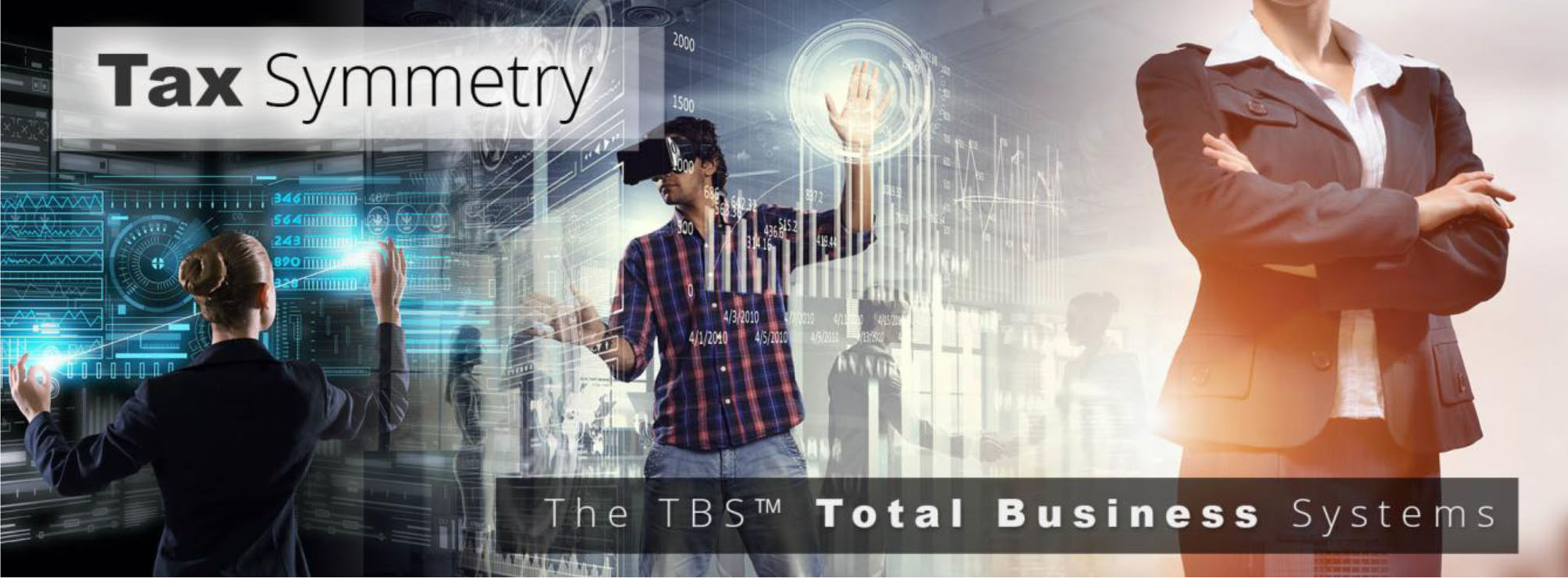
- UN GOAL 1: No Poverty (+ Enables all UN goals in one way or another.)
- SRC GOAL 4: Climate Change (+ Enables all SRC goals in one way or another.)
19. Special Project 19. Š-ŔÉŚ™ – Financial Engineering
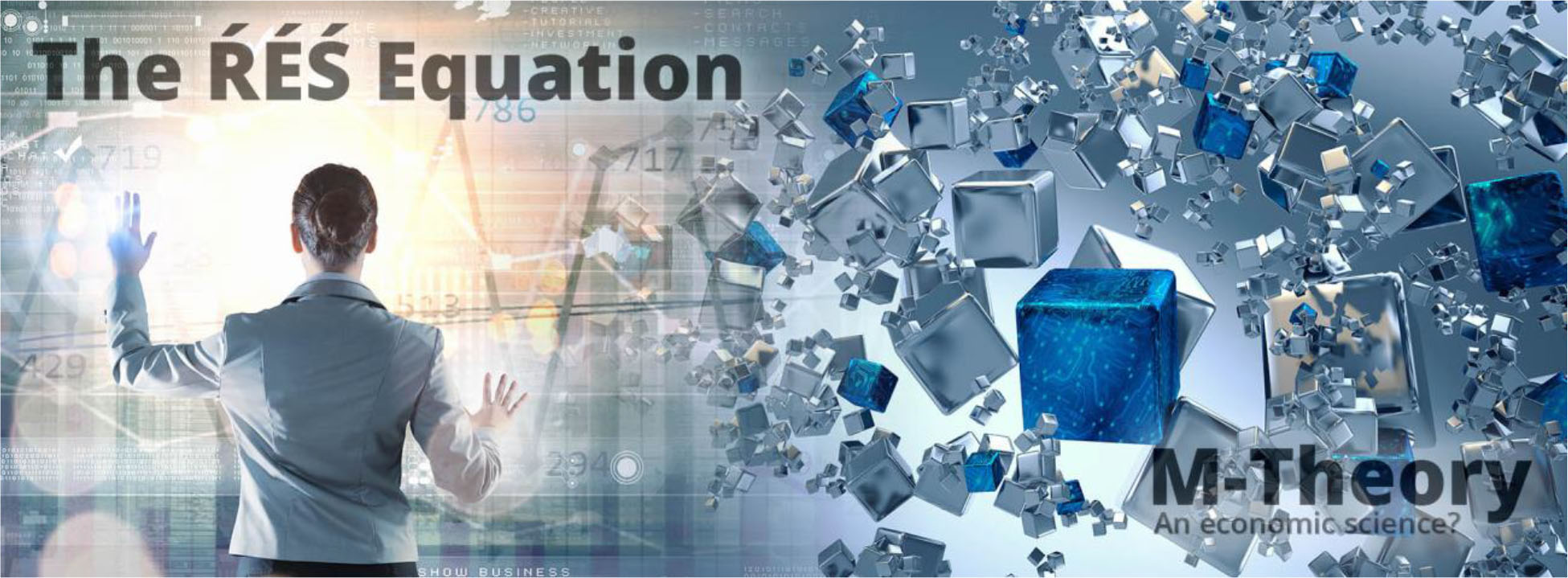
- UN GOAL 1: No Poverty (+ Enables all UN goals in one way or another.)
- SRC GOAL 4: Climate Change (+ Enables all SRC goals in one way or another.)
20. Special Project 20. Five-Star Social Housing

- UNIQUE S-WORLD GOAL: Five-Star Social Housing
- UNIQUE S-WORLD GOAL: Ten Million Such Homes in Malawi
21. Special Project 21. Partnerships (Business)

- UN GOAL 9: Industry, Innovation, and Infrastructure
- UN GOAL 11: Sustainable Cities and Communities (+ UN GOAL 17: Partnerships)
22. Special Project 22. The TBS ™ – Total Business Systems
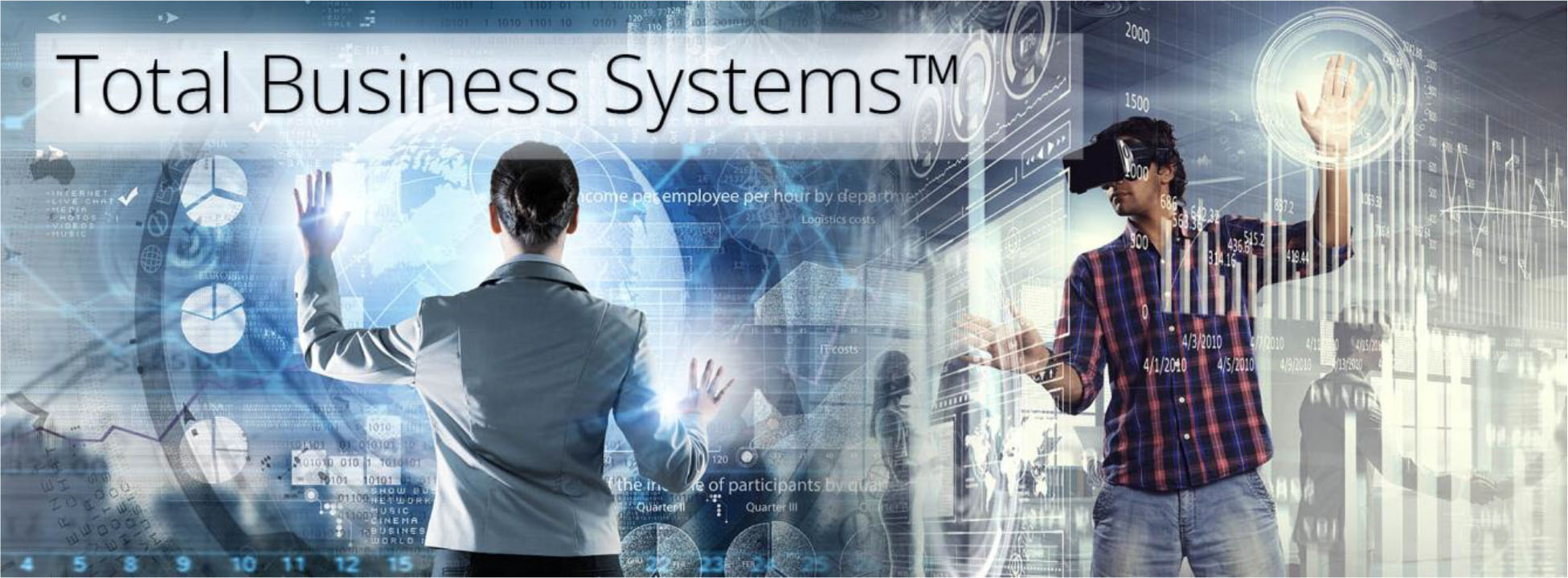
- UN GOAL 9: Industry, Innovation, and Infrastructure
- UN GOAL 8: Decent Work and Economic Growth (+ UN Goal 11 Cities)
23. Special Project 23. Villa Secrets et al. Microeconomic Network Strategies

- UN GOAL 17: Partnerships
- UN GOAL 9: Industry and Innovation
24. Special Project 24. S-World Film
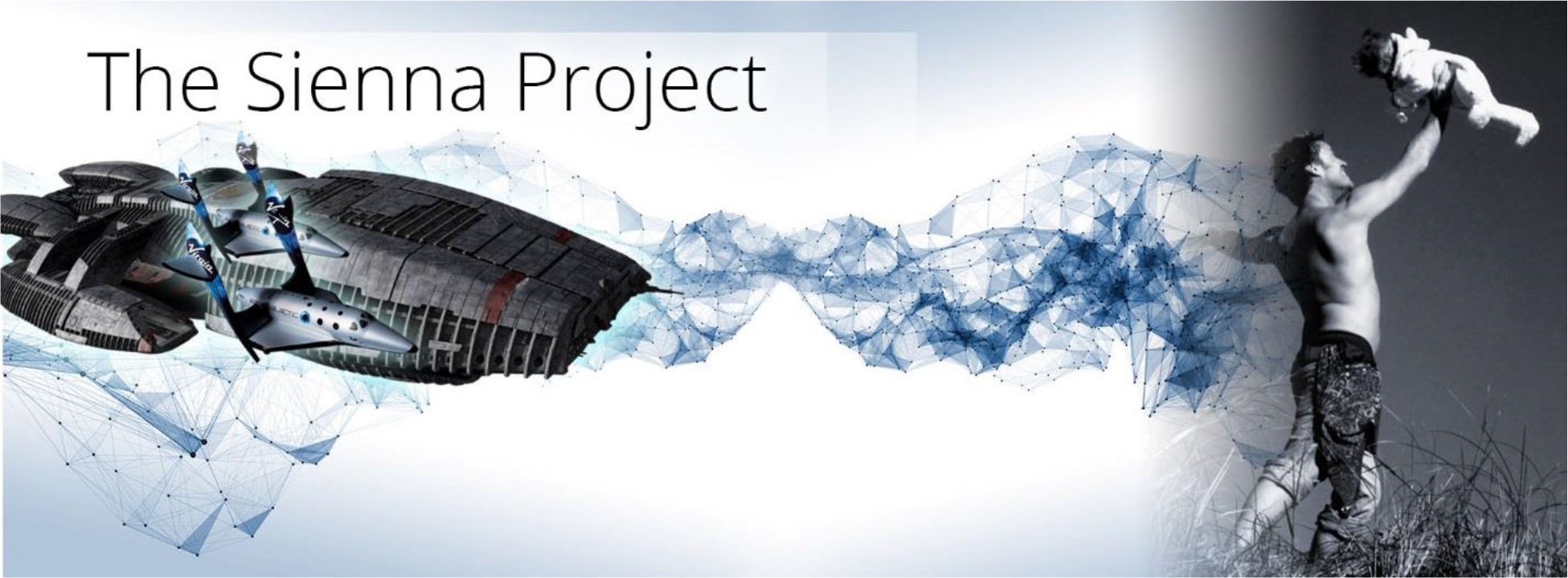
- MOST UN GOALS AIDED
- MOST SRC GOALS AIDED
25. Special Project 25. S-World VSN™ Virtual Education & Training of Nations
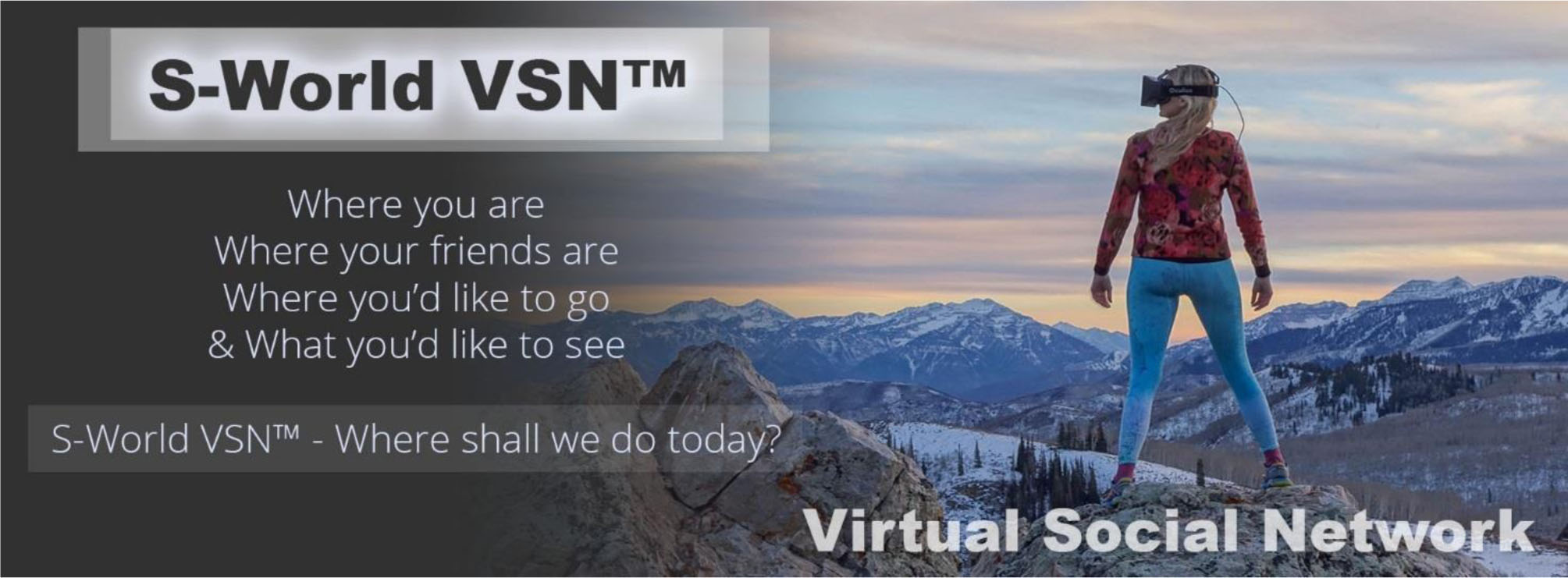 S-world VSN
S-world VSN
- UN GOAL 4: Quality Education (+GOAL 11: Cities and Communities)
- UN GOAL 9: Innovation (+GOAL 17: Partnerships)
26. Special Project 26. Paid2Learn
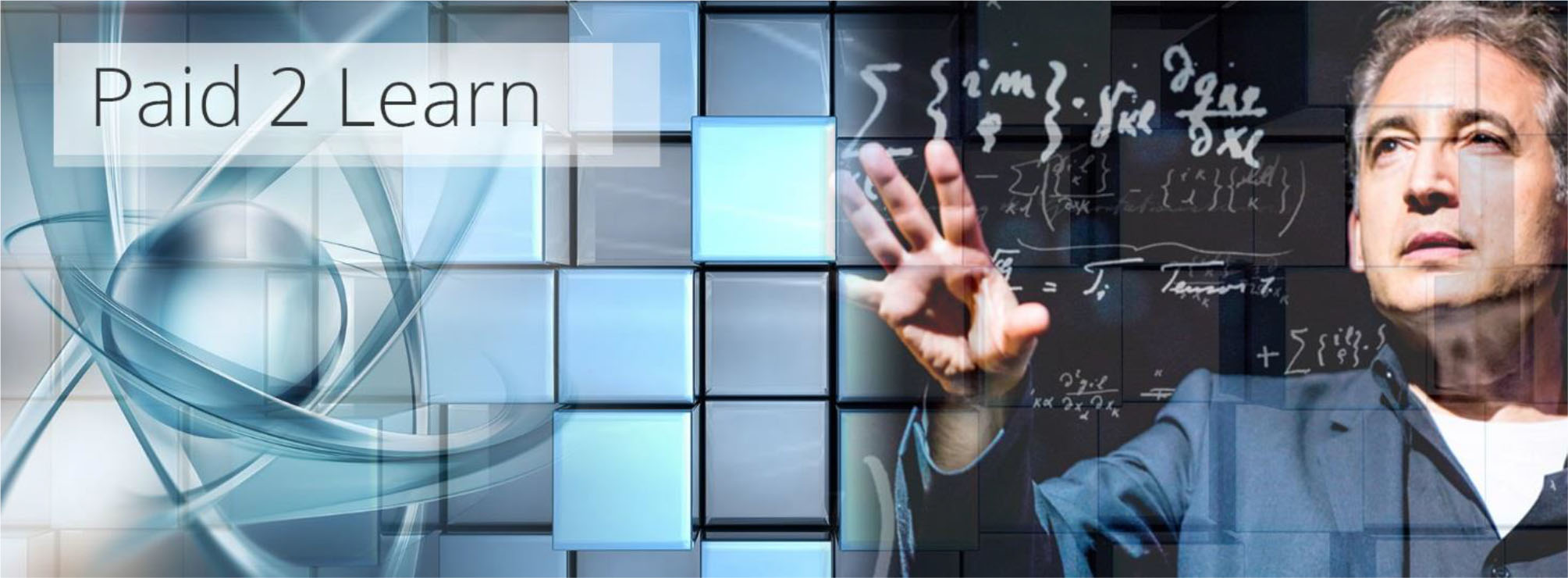
- UN GOAL 4: Quality Education (+GOAL 11: Cities and Communities)
- UN GOAL 9: Innovation +(GOAL 16: Peace, Justice) (+GOAL 17: Partnerships)
27. Special Project 27. S-World UCS™ MMO Game-Based Education

- UN GOAL 4: Quality Education (+GOAL 11: Cities and Communities)
- UN GOAL 9: Innovation +(GOAL 16: Peace, Justice) (+GOAL 17: Partnerships)
28. Special Project 28. S-World BES™ Behavioural Economic Systems
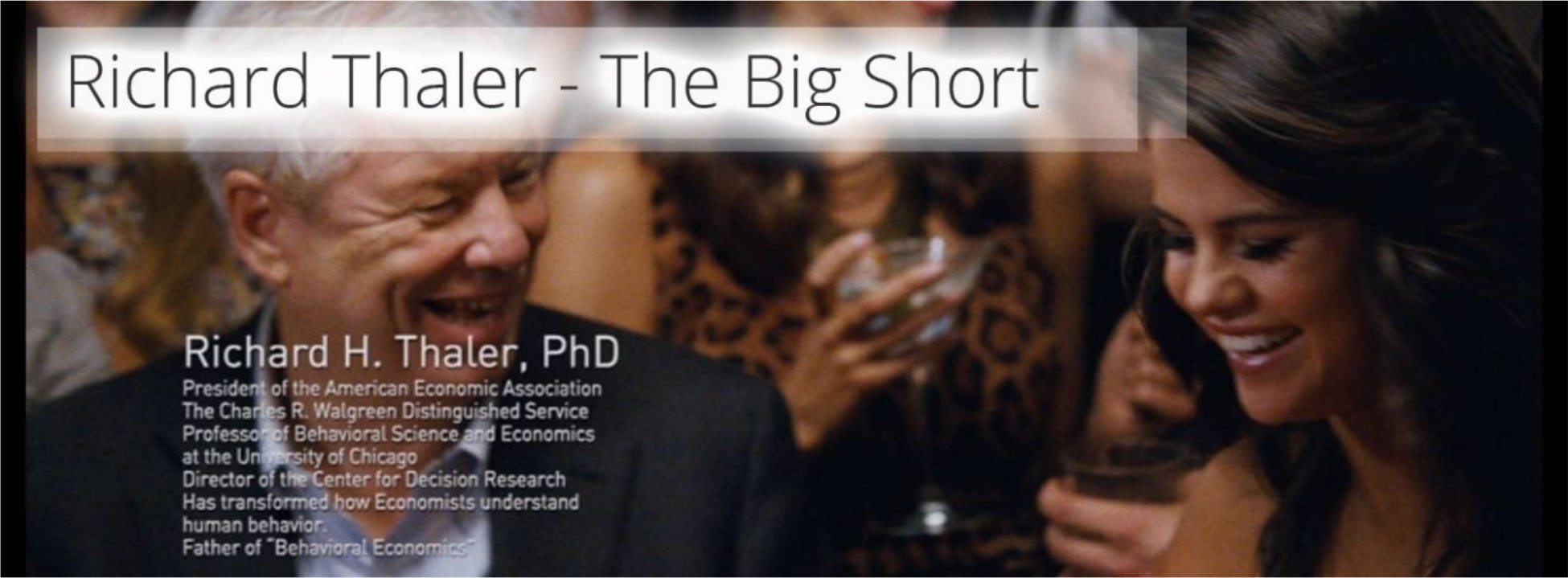
- UN GOAL 8: Decent Work and Economic Growth (+ MOST OTHER GOALS)
- SRC GOAL 4: Climate Change (+ ALL OTHER GOALS)
29. Special Project 29. S-World Angelwing Economic Software Framework
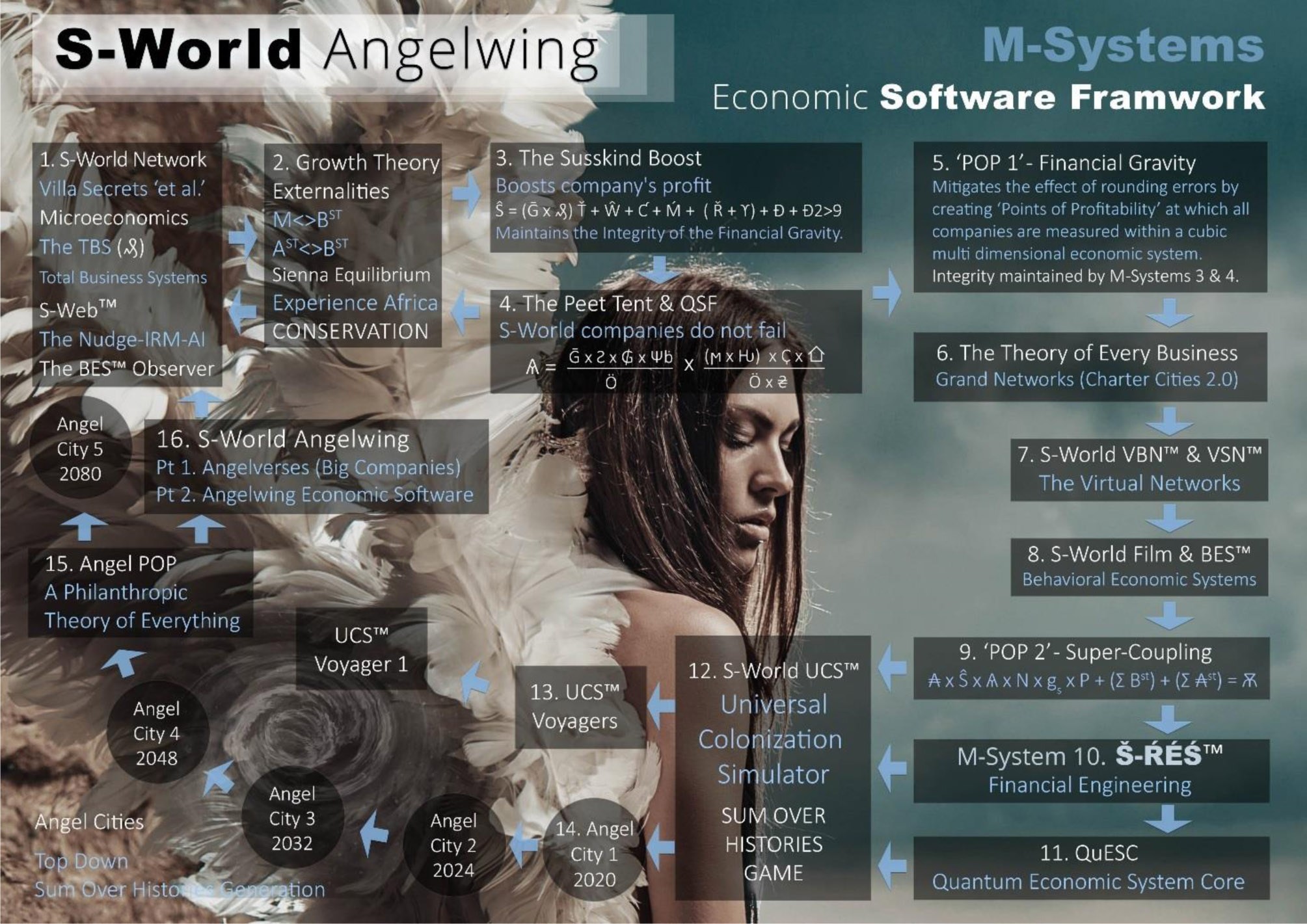
- UN GOAL 8: Decent Work and Economic Growth
- GOAL 11: Sustainable Cities and Communities
- + ALL OTHER UN GOALS
- SRC GOAL 4: Climate Change (+ ALL OTHER SRC GOALS)
30. Theory of Every Business | Net-Zero Dynamic Comparative Advantage
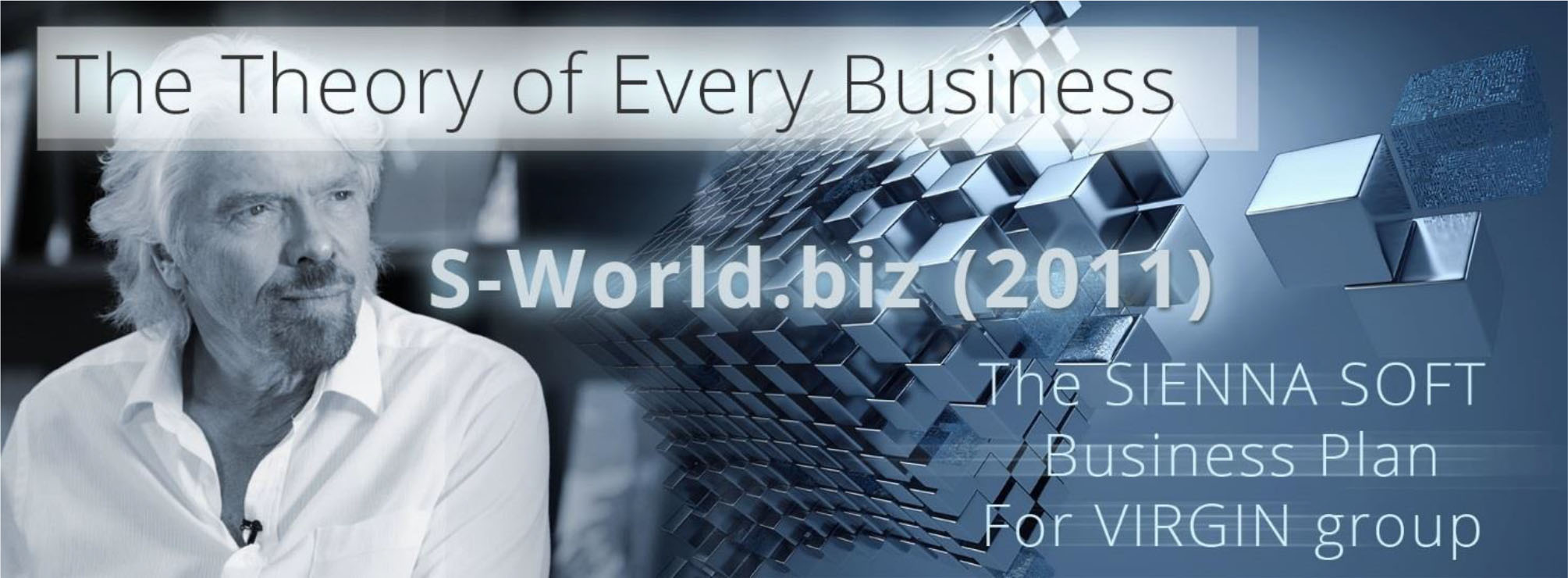
- UN GOAL 1: No Poverty, 7: Clean Energy, 8: Jobs, 9: Innovation, 10, 11 ,12, 15, 17
- SRC GOAL 4: Climate Change (+ MOST OTHER SRC GOALS)
31. Special Project 31. The M&B String, Ripple Effects and Externalities
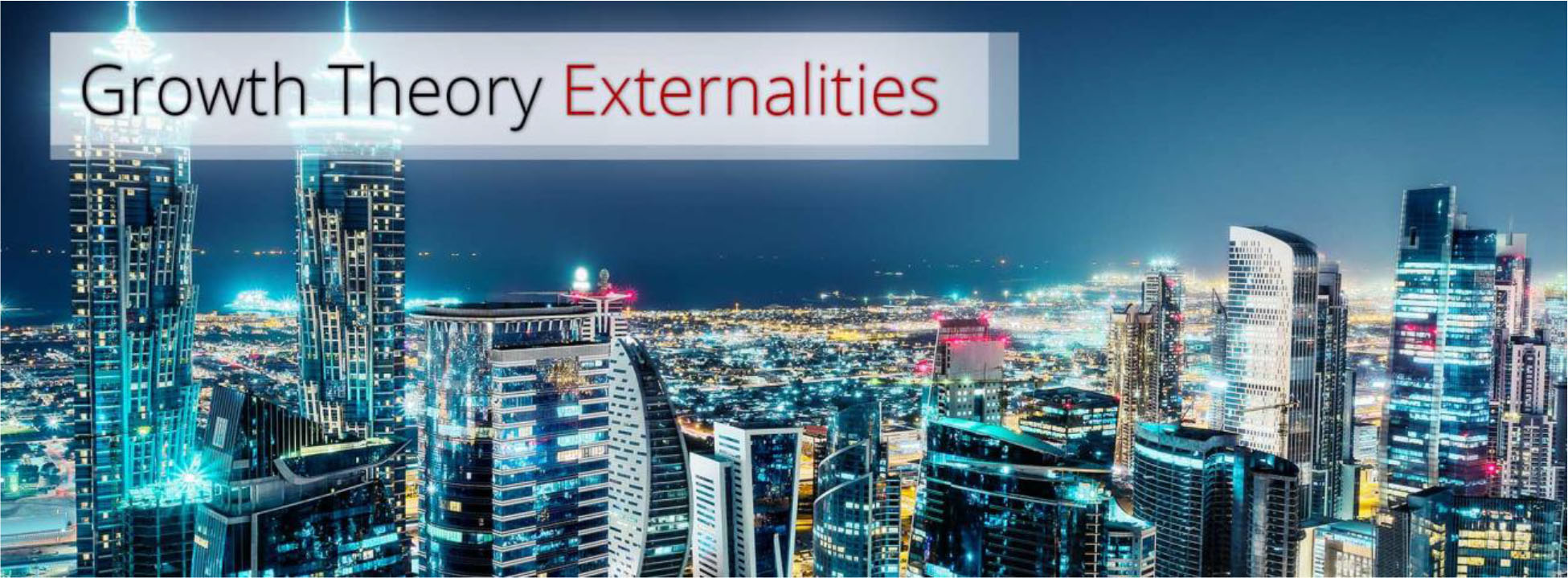
- UN GOAL 11: Sustainable Cities and Communities (+MOST OTHER UN GOALS)
- SRC GOAL 4: Climate Change (+ALL MOST OTHER SRC GOALS)
32. Special Project 32. The Malawi Grand Network (Jobs, Jobs, Jobs)
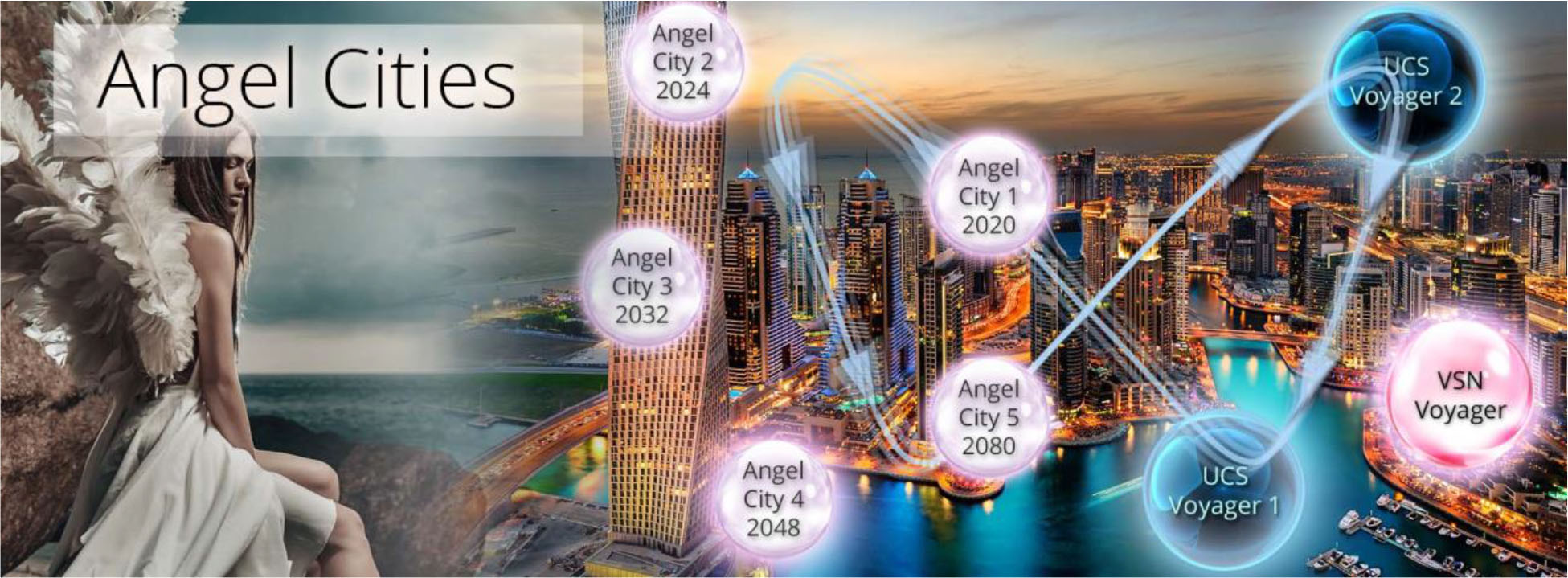
- UN GOAL 9: Industry, Innovation, and Infrastructure (+MOST OTHER UN GOALS)
- SRC GOAL 7. Land System Change (+ MOST OTHER SRC GOALS)
Special Project 33
24th November 2018 to 3rd November 2019
Growth Theory versus Climate Change
33. Special Project 33. Growth Theory versus Climate Change
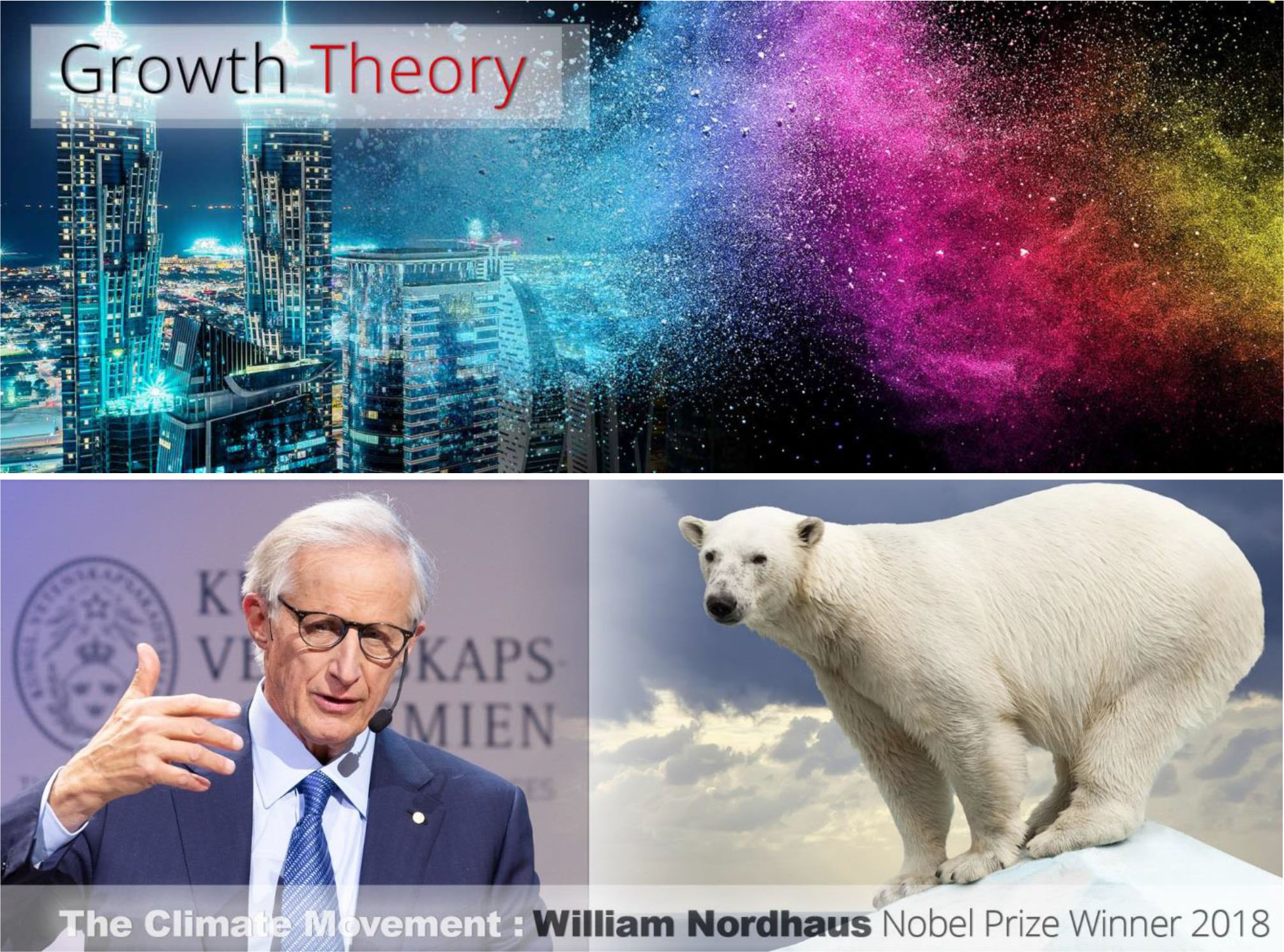
“I think we understand the science. We understand the economics of abatement;we understand the damages.
But we don’t understand enough how-to bring countries together, and that’s where the real frontier work is going on.”
William Nordhaus – Nobel Speech
Growth Theory versus Climate Change v3
About the 2018 Nobel Prize in Economics
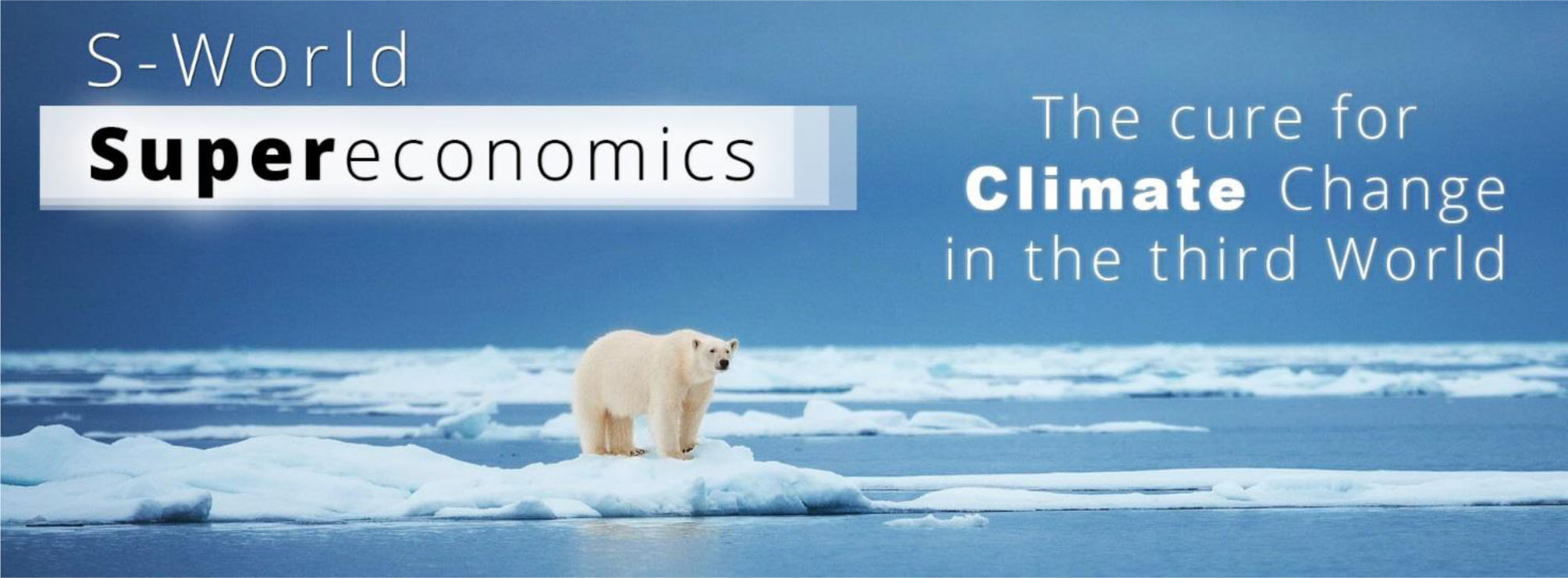
Much of the content below was originally created on S-World’s 9th Birthday – November 24, 2018 – as S-World Story 25a) Growth Theory versus Climate-Change (#9.50).
This was a huge milestone which marked the beginning of applying Š-ŔÉŚ™ to the development of the special projects we are currently viewing. I suggest reading the original version if one has the time. It began…
For me (Nick Ray Ball), the 2018 Nobel awards in economics were life-changing, as nearly eight years before, after a series of eureka ideas, I set myself the challenge of creating EEE – The Ecological Experience Economy; with the ‘Experience’ coming from the 3 technology super projects: The TBS™ – Total Business Systems and S-Web™, S-World VSN™ – Virtual Social Network, and S-World UCS™ MMO Game and History simulator.



The first E in EEE is for “Ecological” which came from the creation of ‘Cities of Science’ – which would be developed in such a way as to become an ecological improvement, and specifically, the planet would have fewer carbon emissions post-development.
Nearly eight years later, having thoroughly worked the theory, the Nobel Committee choosing to emphasize the four S-World buzz words: ‘Growth Theory, Ideas, Technological Change, and Climate Change,’ was music to my ears. This was what the S-World networks specialization.
Later on,that day when the Nobel Prizes in Economics were announced, both Nordhaus and Romer attended press conferences in their home universities, Romer at NYU and Nordhaus at Yale. And, as one would expect, each was asked their opinion of the other. Romer was happy and pleased at Nordhaus as co-winner, and it was clear he thought that Nordhaus was both deserving and a great guy. When Nordhaus was asked his opinion of Romer, Nordhaus was equally courteous; but in a pause, before he spoke, I heard a minor heckle from the audience. Which brings us to “How on Earth Can Growth Theory be Good for Climate Change?”
Officially, Romer won his Nobel for “integrating technological innovations into long-run macroeconomic analysis” and the potential gains to society from the growth of ideas.However, about 10 years ago, Romer started an ambitious project to create ‘Charter Cities’ across the world. He made headway in Honduras but pulled out, disappointed with some unnamed, presumably corrupt individual or company within the process.
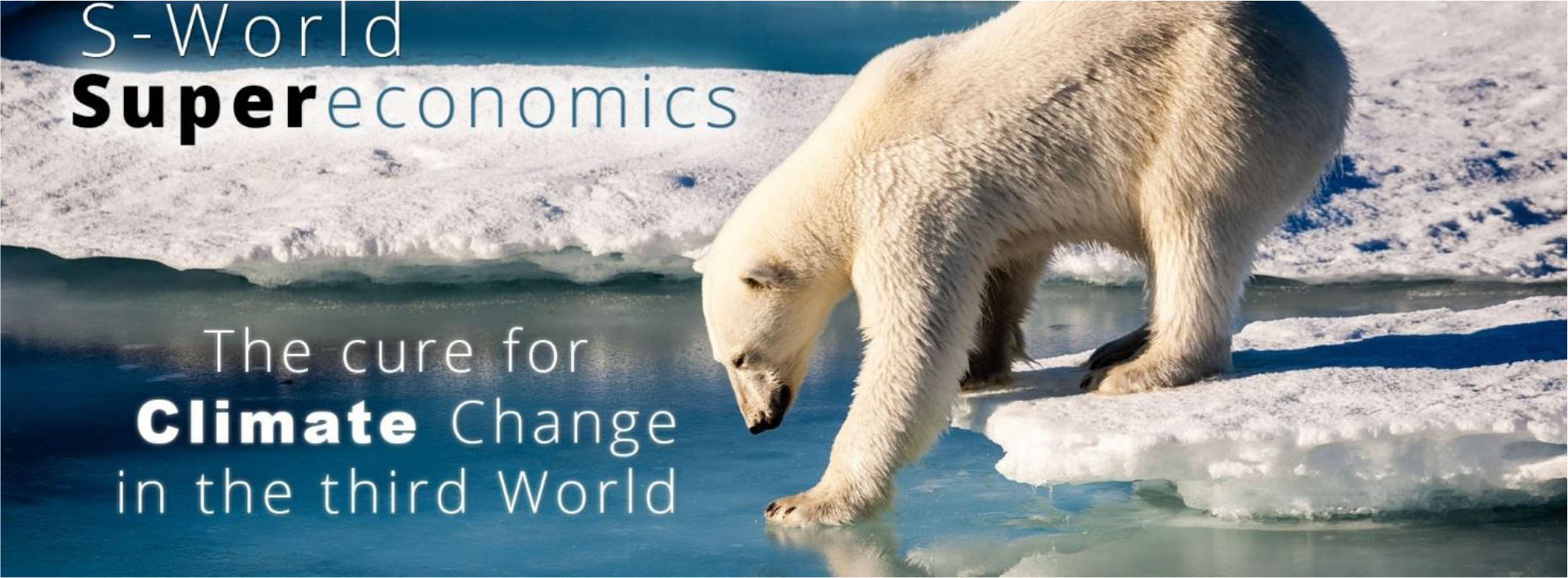
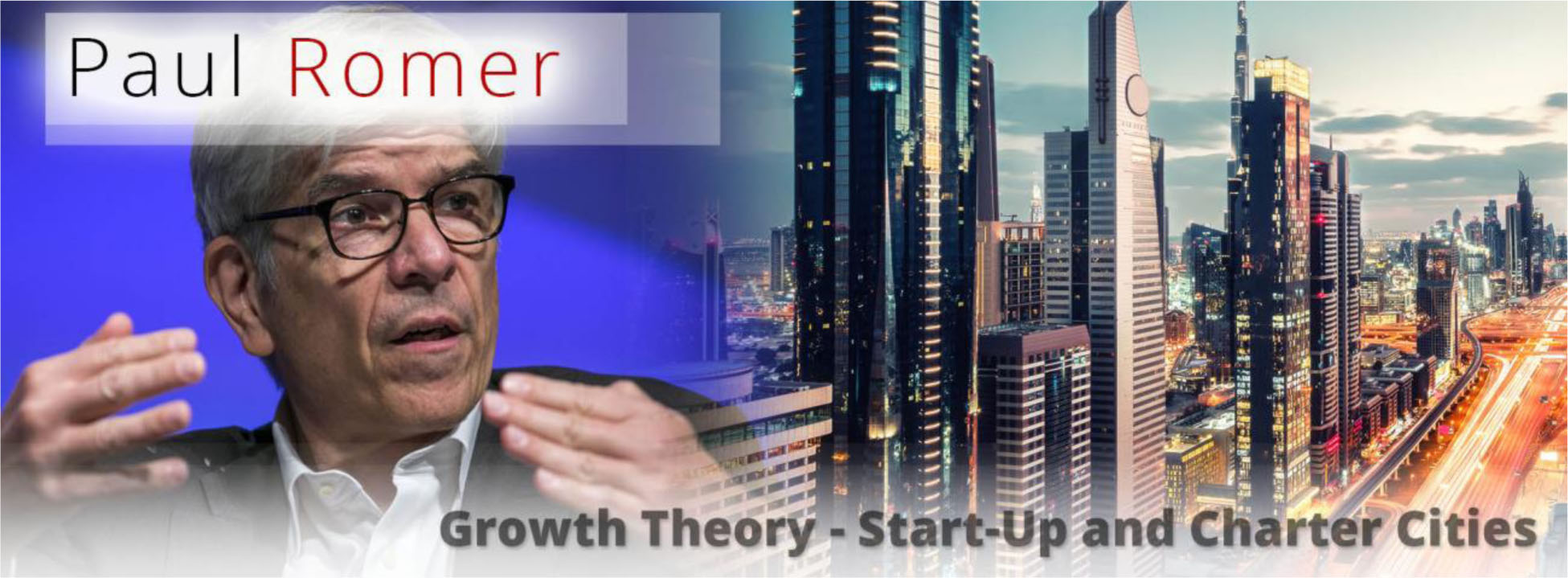
Romer established the Marron Institute in NYU to nurture and research the project (which continued after Romer’s departure). And now, the Marron Institute is involved in expanding close to 20 cities in Ethiopia.
So, here’s the thing, a thing that has been drilled into me since I was old enough to overhear and understand my father talking: Overpopulation versus the environment is a zero-sum game. In general, the greater the population, the more it extracts from and damages theenvironment. First, as forests are cleared to make room for towns, cities, and infrastructure. Second, as nature is cleared for business interests, resource extraction, and farming. Third, the need for energy causes climate change. And fourth, even if you solve all the last 3 problems, increased people, in general, increases the market for beef and other carbon-emitting animals, and of course everyone breaths in oxygen and breaths out carbon. And I can’t see a breath tax on the horizon.
To my father, demographic growth and GDP growth comes at a cost to nature. And, of course, I agree, it’s a very difficult argument to disagree with. The only discrepancy is who cares and what can be done about it?
So, I would hazard a guess that the minor heckle was not at Paul Romer per se. Rather it was someone who cared a lot about climate change and disapproved with Charter Cites or any other similar growth theory concept that would increase carbon emissions and the global population.
One may continue to read the original paper (SWS: 25a),which goes into some details about how S-World works. But as I have since written the set of 3 ‘Supereconomics’ books, part 3 of which you are now reading, no extra detail is needed. We are already immersed within the 64 Reasons Why S-World is a good thing. And many of these reasons, are all about how we can slow down and turn around Climate Change; from the 1st legal law of S-World that each development must be a carbon decreasing exercise to Sienna’s Forests and how from each square km of development there will be a square km of arid land returned to forest. To EEE Points and Demerits, the Carbon Traffic Lights idea, and the elephant in the room:
The Elephant in the Room

This paper – Growth Theory versus Climate Change – addresses the elephant in the room, the Bottom Billion,the poorest 50 to 100 countries, that’s what this paper is about; creating Net-Zero Cities across the third world because Grand Networks in locations of extreme poverty are special projects.
Without this net-zero plan, the bottom billion have no net-zero plan,
On Charter Cities – Paul Romer was noted to say:“It’s the worst idea that has come along, except for all the others!”
This is not to say that Charter Cities are the best plan; it’s telling us that there are few other plans, and none it seems that will work.
But now there is another plan, not a competitor to Romer’s, but an addition to Romer’s. We take all that is good in Romer’s Charter Cities and add Š-ŔÉŚ™ Financial Engineering, which in-turn affords the Special Projects so that now each development will be a carbon improvement. Which round robins to correct what seems to be the weakness in Romer’s Charter Cities – poor PR.
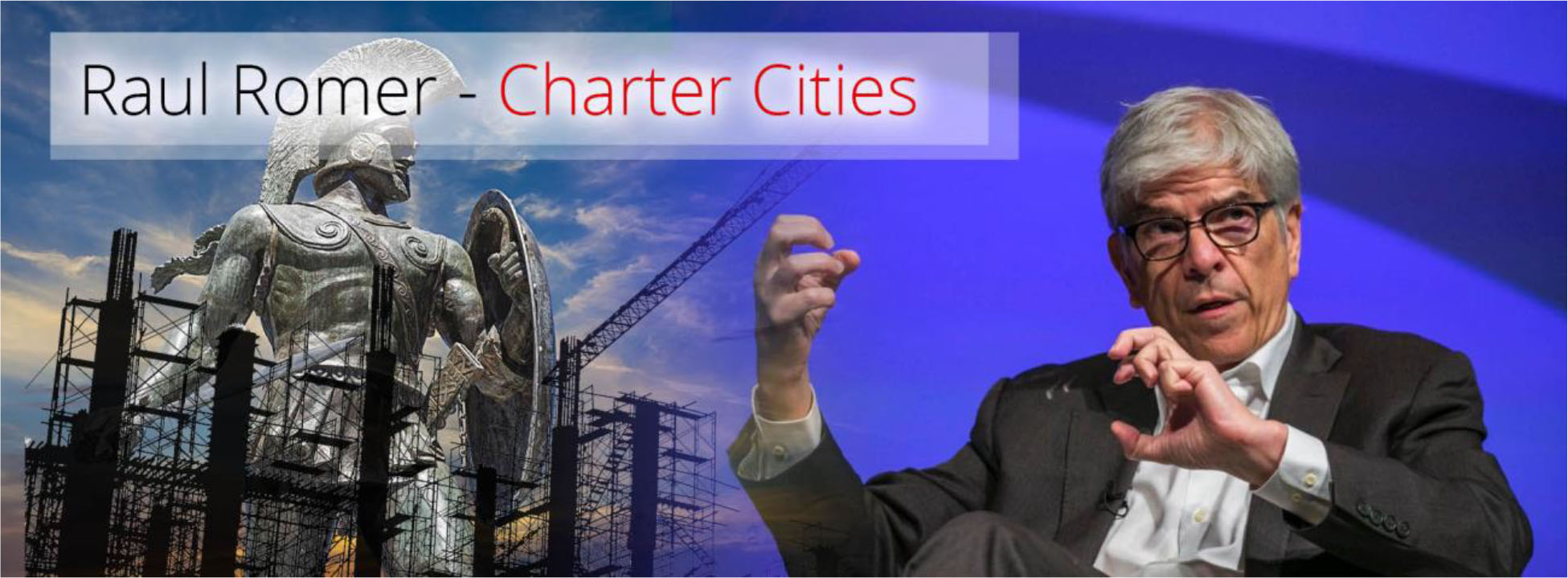
Given much the same plan, apply Š-ŔÉŚ™to afford to make the development in an ecologically efficient way, do the rest of the special projects in the same city, and deploy M-System 8. S-World Film, propelling the good news across the world in very creative ways, including the entire City project seen first as a virtual world and game (S-World VSN™ and UCS™). Plus the TBS™ business software, Net-Zero DCA Soft, Aid Efficiency and the rest of thecombinatorial explosion that is S-World Angelwing and we would surely have a successful formula.
Next, we add in Villa Secrets and include a sales and marketing system that started its life in the year 2000 and is now ready to work with S-Web™ creating a network of specialist and scale websites, that we desire to have spread to every corner of the world by 2025. This network then isready to market the properties crated in the Angel City and importantly, ready to rent and sell the villas and other properties that come from the Network City projects that provide 90% of all cash flowpresented in History 3.

